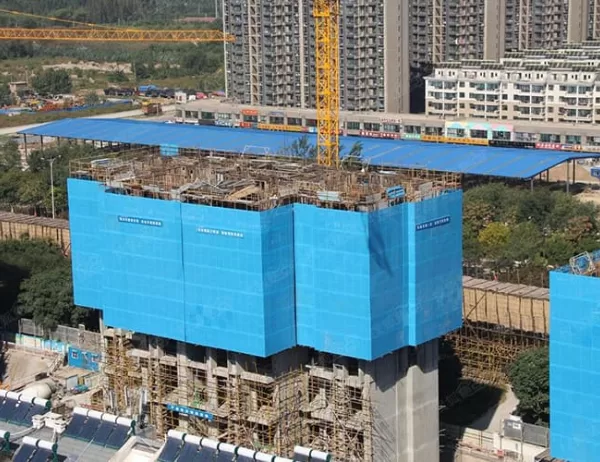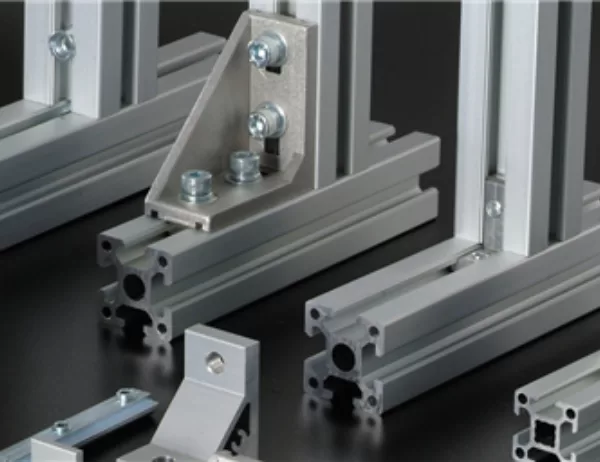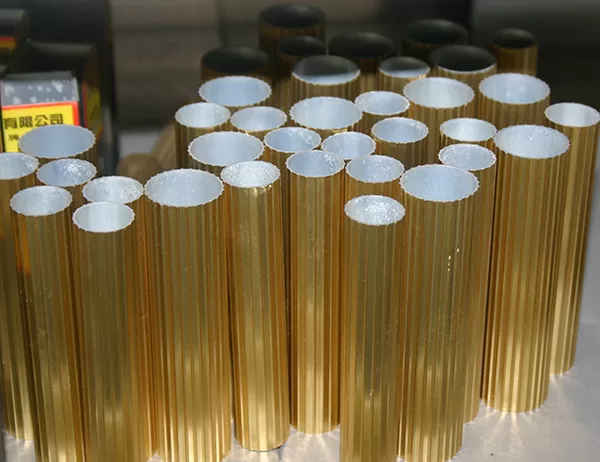Understanding the extrusion process for aluminum pipes is essential for manufacturers, engineers, and anyone involved in the production or use of these materials. Extrusion is a complex industrial process that shapes aluminum into pipes, tubes, and other profiles.
The Extrusion Process: A Step-by-Step Overview
The extrusion process typically involves the following steps:
– Billet Preparation: An aluminum billet, a cylindrical piece of raw material, is heated to a temperature that makes it malleable but not liquid.
– Container Loading: The billet is placed in a heated extrusion container, which has a cylindrical cavity and a die at one end. The die determines the shape of the extruded pipe.
– Extrusion: A hydraulic ram exerts immense pressure on the billet, forcing it through the die and into the extrusion chamber. The material flows like paste, taking on the shape of the die.
– Cooling and Sizing: The extruded pipe is cooled to solidify the aluminum. It may also undergo sizing to achieve the desired diameter and wall thickness.
Factors Affecting Extrusion
The extrusion process for aluminum pipes is influenced by various factors, including:
– Billet Material: The composition and properties of the aluminum alloy used as the billet can significantly affect the extruded pipe’s characteristics.
– Temperature: Maintaining the correct temperature during extrusion is crucial to achieve desired flow characteristics and avoid defects.
– Ram Pressure: The force applied by the hydraulic ram determines the amount of pressure exerted on the billet, which affects the extrusion rate and pipe quality.
– Die Design: The design of the die is critical for determining the shape and dimensions of the extruded pipe.
– Lubrication: Proper lubrication is essential to reduce friction between the billet and the extrusion container and die.
Quality Control for Extruded Aluminum Pipes
To ensure the quality of extruded aluminum pipes, manufacturers implement several measures:
– Material Testing: The aluminum used for billets undergoes rigorous testing to verify its composition and properties.
– Process Monitoring: The extrusion process is closely monitored to ensure that temperature, pressure, and other parameters are within specified limits.
– Dimensional Inspection: The extruded pipes are inspected to verify their dimensions, wall thickness, and shape.
– Non-Destructive Testing: Techniques such as ultrasonic testing are used to detect internal defects that may affect pipe performance.
Applications of Extruded Aluminum Pipes
Extruded aluminum pipes are used in a wide range of applications, including:
– Structural Components: Pipes are commonly used as structural members in buildings, bridges, and vehicles.
– Piping Systems: Aluminum pipes are utilized in plumbing, heating, and cooling systems due to their corrosion resistance.
– Electrical Conduits: Pipes provide a protective enclosure for electrical wires in electrical installations.
– Transportation: Pipes find application in aircraft, rail cars, and automotive components.
– Aerospace: Aluminum pipes are essential for the construction of airplanes and space vehicles due to their lightweight and strength.




